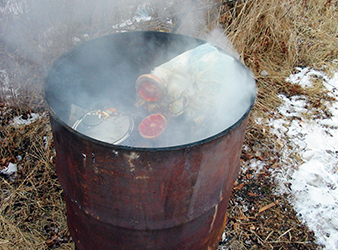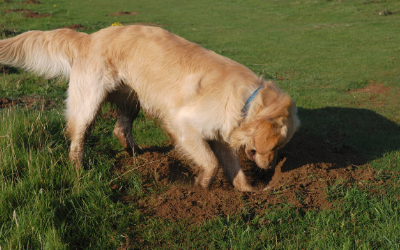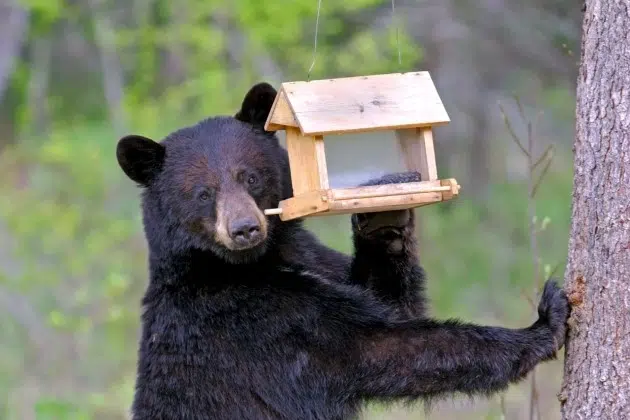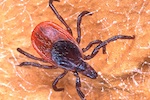Burning Trash, like in the old days, is not a good idea. It stinks up the neighborhood, and in fact, it is illegal in Minnesota by law. Burning construction debris is also forbidden. Trash and construction debris should be taken to the County landfills, which also accept recycling. The transfer station on County Road 62 north of Cohasset is the closest to Deer Lake. You must purchase your Dump Tickets elsewhere, however, since they are not sold at the station itself. There are also commercial haulers who can pick up your trash by contract.
Burning Brush, on the other hand, is legal, but only with a permit, and only under several conditions. Far better to pile your brush for the FireWise brush pickup program on Deer Lake!
Some Links:
https://www.dnr.state.mn.us/firewise/index.html
https://www.dnr.state.mn.us/mcvmagazine/issues/2016/may-jun/illegal-burning.html






